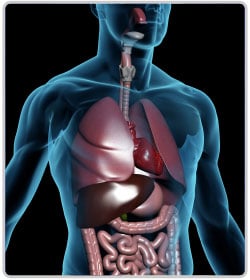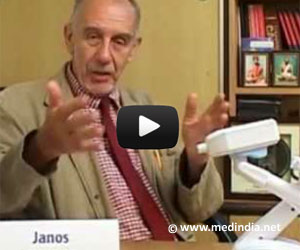Asthma is a condition where the air passages (the airways that carry air in and out) of the lungs, become inflamed. When these air passages get inflamed, they become red and swollen and start to swell. Sticky mucus or phlegm is produced. All these factors narrow the airways, making it difficult to breathe. This results in coughing, wheezing, shortness of breath and a tight feeling in the chest. Asthmatic attacks can be triggered by allergies, exercise, cold air, pollution and stress related disorders.
Asthma comes from the Greek word for "panting". Dr. Konstantin Buteyko, a Russian scientist claims that asthma is caused by over-breathing or hyperventilation. He considers this malady to be more a disturbed breathing pattern than a disease. He recommends a course of exercises that eliminate the need for drug treatment and subsequently cures asthma.
Apart from this, several studies have shown yoga as an alternate therapy to cure asthma.
Yoga is an ancient Hindu discipline that uses postures and breathing techniques (pranayama) to increase the lung's airflow, air capacity, stamina and reduces stress. Simple relaxation techniques also help to reduce stress, regulate breathing patterns and also improve lung function. Dr.John Harvey, from the British Thoracic Society, said: " The Benefits of yoga, or any other relaxation techniques, are additional to the benefits of conventional drug treatment, and it is vital that patients continue to take their prescribed medication."
Yoga asanas with its gentle stretches and poses help one to gain flexibility and strength. Pranayama helps to focus on proper breathing, which is an integral part of all yoga exercises. It helps in breath control and helps one to stay calm during an asthma attack. The relaxation aspects in yoga help in calming the nerves. Thus, the practice of yoga helps to combat stress, reduce physical tension and muscle tightness. It activates the parasympathetic nervous system and feelings of well -being are produced.
To understand asthma better, a study of the lungs is necessary.









